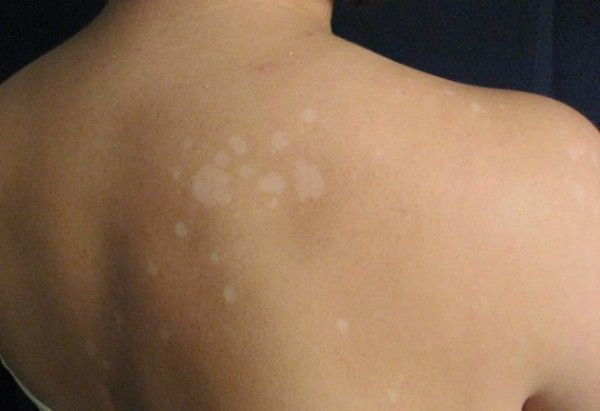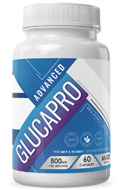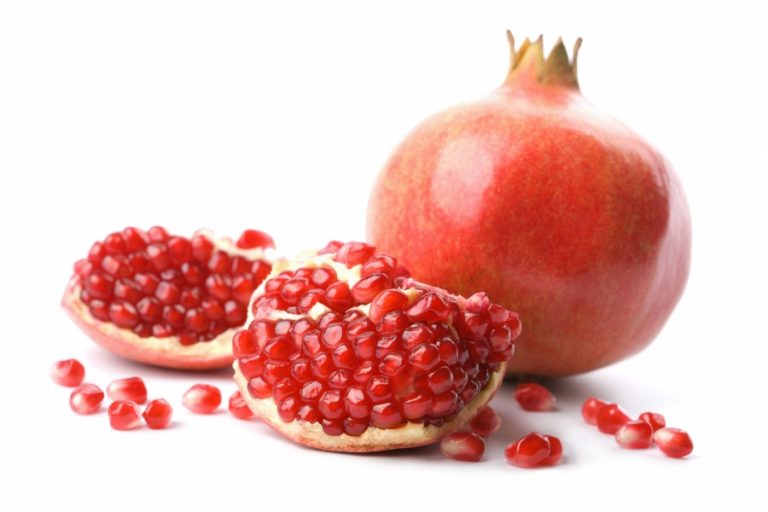Tinea Versicolor (Skin Infection): Treat it with these 10 Natural Remedies!
The tinea versicolor will be the cause of malassezia fungus is generally a harmless and peaceful resident in our skin. But sometimes, things spoil and grow excessively. The result is fungal infections of the skin such as tinea versicolor (also known as pityriasis versicolor) that causes patches of discolored skin. Tinea versicolor usually develops in hot climates and may disappear during winter, only to return when the weather becomes hot and humid. It is, in fact, one of the most common skin diseases in tropical and subtropical places around the world. From heat and humidity to low immunity due to medications such as corticosteroids, nutritional imbalances and even diabetes or pregnancy, several triggers can cause tinea versicolor. Alive After the Fall
Erase my Back Pain
Carbofix
If a fungal infection with tinea versicolor is interfering with your skin and you want to avoid antifungal medication, many milder natural home remedies can intervene with the same efficacy.
1. Onion Pasta:
This raw material in our kitchen can help you fight skin infections. Onion contains several sulfur compounds such as ajoene that give it antifungal properties. And yes, it also works against malassezia. Crush the onions in a paste and apply them on the affected areas a couple of times a day to treat tinea versicolor.
2. Crushed Garlic:
Garlic belongs to the same family as onion and contains powerful sulfur compounds. Not only do they give garlic its characteristic taste and smell, but they can also fight the malassezia fungus. Like onions, crushed garlic can also be applied topically to the skin to eliminate this fungal infection.
3. Ginger and Turmeric Oils:
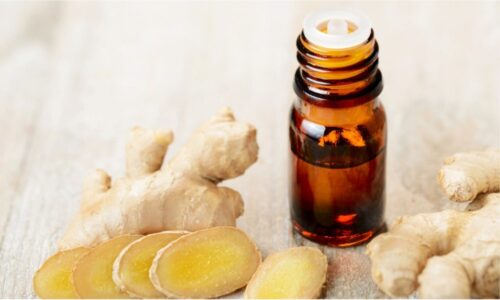 The essential oils of ginger and tumeric can inhibit Malassezia, and the combination of these oils increases its effectiveness. Therefore, apply a diluted mixture of turmeric oil and ginger twice a day to combat skin infection. Traditionally, too, turmeric paste has been used topically in Southeast Asian communities to treat skin infections. So, you could easily grind equal amounts of turmeric and ginger with a little water in a thin paste and apply it on the patches.
The essential oils of ginger and tumeric can inhibit Malassezia, and the combination of these oils increases its effectiveness. Therefore, apply a diluted mixture of turmeric oil and ginger twice a day to combat skin infection. Traditionally, too, turmeric paste has been used topically in Southeast Asian communities to treat skin infections. So, you could easily grind equal amounts of turmeric and ginger with a little water in a thin paste and apply it on the patches.
4. Eucalyptus Oil:
The evergreen eucalyptus has been valued for its medicinal properties for centuries. A compound known as 1-8-Cineol, which is present in eucalyptus oil, shows antifungal activity and can inhibit malassezia. Apply diluted eucalyptus oil on infected skin to treat fungal infection.
5. Neem Leaf Paste:
According to the research, neem leaf extracts have a strong antifungal activity and can be used to treat the fungus that causes tinea versicolor. Crush some neem leaves in a paste and add it to the bath water to take advantage of its antifungal properties.
“You can also add a decoction of neem leaves to your bath water and enjoy a quiet bath to deal with skin infection”.
6. Tea tree oil
The essential oil of Melaleuca alternifolia or tea tree oil is widely used as a topical antifungal agent. It contains many components such as α-terpineol, terpinen-4-ol, α-pinene, linalool, 1,8-Cineol, and β-pinene that have antifungal properties. Studies have shown that this oil is a potent antifungal agent that causes tinea versicolor. This beneficial oil can be applied directly to the affected skin twice a day. However, do a patch test first and if your skin is sensitive to it, dilute it with base oil before applying it.
7. Honey, Olive Oil and Beeswax:
One study looked at the effect of treating people with tinea versicolor with a combination of equal amounts of honey, olive oil and beeswax. When this mixture was applied three times a day for a maximum period of 4 weeks, it was found that 86% showed clinical improvement, while 75% was removed from the fungal infection. It has been proven that antibacterial and antifungal honey is effective against malassezia and appears to be the active component in this case. You can also try to apply natural honey to verify tinea versicolor.
8. Tinea Bush Leaf Juice:
The tinea bush or Senna alata or Cassia alata is so known for its antifungal properties that is why it is called “tinea bush.” The leaf extracts of this plant can also help to effectively treat tinea versicolor. Crush some leaves of the ringworm bush and apply them on infected skin alone or mixed with a little vegetable oil.
9. Acalifa Leaf Paste: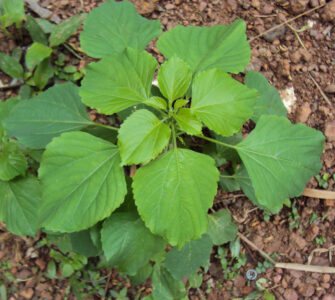
Acalipha (Acalypha) leaves are commonly used as a home remedy to treat tinea versicolor. And studies confirm that this plant acts against the fungus malassezia. Grind the leaves of alkali in a fine paste and apply it on the affected skin.
10. Desert Wormwood Essential Oil:
The essential oil of desert wormwood or Artemisia sieberi has also been traditionally used to treat fungal skin infections. It is believed that compounds such as β-thujone and α-thujone present in it are responsible for their antifungal properties. One study compared the efficacy of this essential oil with cootromazole antifungal medication in people with tinea versicolor. It was found that 96.1% of those who were treated with a lotion containing 5% wormwood essential oil were removed from fungal infection in 4 weeks, compared with 65.3% of those who applied the antifungal medication.
Natural remedies, such as fungal medication, can stop the fungus activity effectively. However, the difference in skin pigmentation due to the condition will take time to disappear and may even extend up to several months. But do not assume that uneven pigmentation means that the treatment is not working. Instead, see if the infection is not spreading or if you are discovering new spots. Also remember, tinea versicolor skin infections are notorious for having a recurrence from time to time. To keep this to a minimum, maintain meticulous hygiene and stay cool and dry as much as possible, especially when it’s hot. As a preventive remedy, use one of the topical mushroom remedies that we have listed here every month, even if you don’t have an episode. Do this regularly and there is a good chance that these mushroom residents behave in the best possible way.

